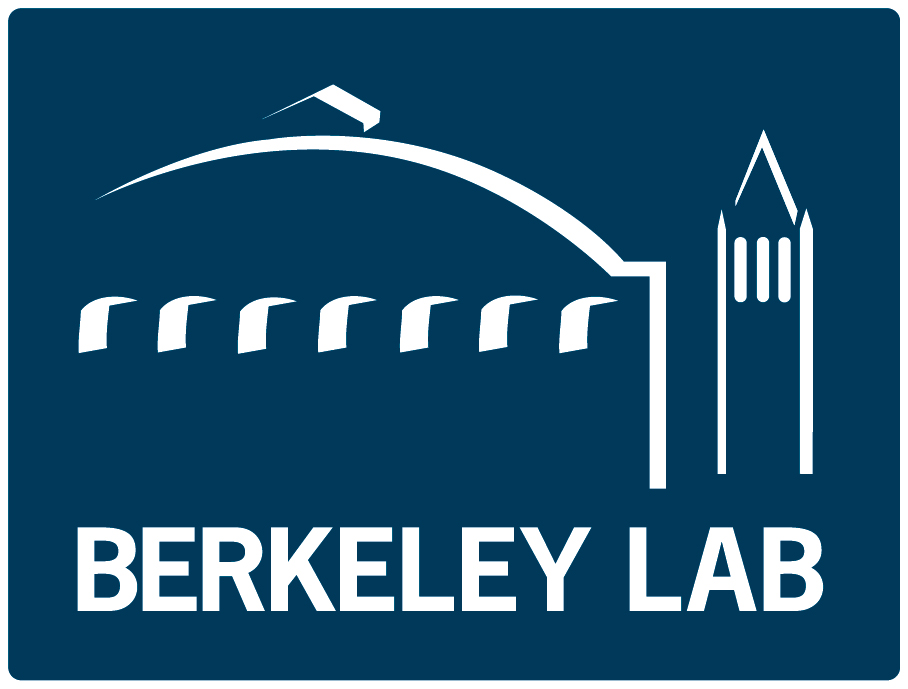APPLICATIONS OF TECHNOLOGY:
- Utility scale or home-based water purification
- Heavy metal ion detection
ADVANTAGES:
- High ion uptake capacity
- Selectivity against common benign ions
- Able to reach EPA limits from very high ion concentrations
- Fast uptake kinetics
- Tunable ion selectivity
- High internal surface areas
- Easily scaled up for large cleanup projects
ABSTRACT:
Berkeley Lab researchers Wendy Queen and David Britt have developed a technology for the remediation of water contaminated by heavy metals such as Pb, Hg, Cd, and Ni, potentially addressing the limited access to clean drinking water by one billion of the world’s people. The Berkeley Lab solution is a class of materials achieved by post-synthetically introducing a ligand or polymer that binds to metal-organic frameworks (MOFs) at one point and to metal ions at another. The technology can be easily scaled for significant cleanup efforts.
Although the high internal surface area of MOFs makes them an ideal candidate for uptake of ions, a typical MOF has no chemical groups that will selectively bind a given ion in large amounts. Now, using the MOF as a scaffold for a selective binding group, the Berkeley Lab researchers have demonstrated that one member of this class of materials can take up 60% of its own weight in lead ions and 100% of its own weight in mercury ions. Their data also indicates the technology can reach the EPA limit for both lead and mercury from very high starting points, which is a challenge for competing materials. Experiments were performed using water collected from a natural source rather than purified water, so the invention demonstrates selectivity against ions normally present in water.
Existing water purification materials generally involve using a non-selective chelating agent, which is typically a polymer resin but can also be a molecule in solution. These agents bind indiscriminately, and since water already contains many Ca, Mg, and Fe ions, those ions saturate the material quickly. As a result, much more material than necessary must be used, and the consequent cleanup effort removes desirable metal ions from the water. In addition, large organic molecules, such as humic acid, can clog the pores of these resins over time. Absorption technologies such as zeolites and mesoporous silicas that have been implemented in water treatment processes also have significant drawbacks including lack of chemical tunability and low capacities and selectivities. These issues can be alleviated with Berkeley Lab’s water stable MOFs.
DEVELOPMENT STAGE: Proven principle.
STATUS: Patent pending. Available for licensing or collaborative research.
SEE THESE OTHER BERKELEY LAB TECHNOLOGIES IN THIS FIELD:
Low Cost Fluoride Remediation for Groundwater in Developing Countries, 2015-125
Devices for Fresh Water from Ground and Surface Water, IB-3121, IB-3135
Cost Effective Method for Removing Arsenic from Water, IB-1742
